-
Hank Green And The Fantastical Tales of God AIs
Savannah, Georgia—In the old lacquered coffee shop on the corner of Chippewa Square, I eat a blueberry scone the size of a young child’s head and sip cold black coffee while staring incredulously at my phone. I’m watching Hank Green interview Nate Soares, co-author of the new book If Anyone Builds It, Everyone Dies, and I am in utter disbelief at the conversation taking place before my eyes. Hank Green, the internet’s favorite rational science nerd, does not appear to be approaching this interview with any critical lens at all. Instead, he seems to be outright gushing over Soares, an AI-doomerist who’s made it impossible to know where his message ends and big tech’s lobbying begins. Let me explain…
Pretty good dive into part of why I don’t trust the companies producing the frontier AI models.
I also don’t buy AI doomerism. I agree it’s a FUD and regulatory capture tactic while also distracting from the real issues associated with AI.
There’s no putting LLMs back in the bag, so rather than anoint a few companies monopolies over the technology, I’d really rather see a continued open source ecosystem around it, which, I think, will help us find beneficial ways to apply this technology for individuals rather than keeping all the wealth and power concentrated in a few companies.
-

Finished reading: Sky Daddy by Kate Folk 📚
This book is funny and wild! It starts with an epigraph to Moby Dick, which is fitting since I’ve been reading that with my book club.
-
Was not expecting to find some hope and inspiration on the topics of climate change and politics from Al Gore on the Zero podcast:
-
Some photos from the nearby Doll’s Head Trail:








-
My current thoughts on LLMs
This is a longer post, here’s the main ideas:
- I don’t trust OpenAI, Anthropic, Google, Facebook, Apple or any of the companies producing the frontier models
- We need to consider people’s and the environment’s needs over companies and AI
- LLMs as a technology are useful, and probably here to stay
- LLMs are like digital librarians: they can help people navigate through the huge swaths of information we all have access to and deal with on a daily basis
Trust
I don’t trust OpenAI, Anthropic, Google, Facebook, Apple* or any of the companies producing the frontier models.
*Apple: They really aren’t on the frontier, but they are one of the few companies prioritizing models that are private and run on your devices. But, they also want to own a proprietary platform and lock users in, generating more service revenue. So they are a mixed bag and it’s not clear cut. Still, I don’t think we should entirely trust their motives and treat them like the rest of the companies on this list.
The mistrust is in these entities as developers and operators of LLMs. The LLMs themselves, I think you need to evaluate trust in a different way. Currently, the LLMs themselves seem to be accurate enough that they are not intentionally misleading you. But, the corporate entities behind them, I don’t think you can count on them to be trustworthy.
There’s so much money pouring into this industry with the expectation of seeing a return on those investments. I think the bubble here will eventually burst and any companies left standing will need to start to show a profit. If they can’t burn through investor cash, where is that money going to come from? The users.
It’s not that I’m against paying for a product I find useful (in fact, I prefer that business model over most others). It’s that the gap between what people are currently paying and what has been spent to develop and run these models is enormous. I think there will be pressure to extract as much money as possible from the users and businesses built on top these LLMs. This could easily play out like it did with Microsoft in the 90s, with monopolistic business practices. At best, enshittification is the outcome.
So what do we do? Well, there’s not a great answer that I can see, but I think we should be skeptical of how AI gets woven into our lives and businesses. I think it’d be best if LLMs become an open commodity where it is easy to develop and run models on accessible hardware. I think avoid tying yourself and your business to the proprietary platforms offered by these companies. Don’t build ChatGPT apps, for example.
Regulation may be an option here, but that is a double edged sword for sure. I think our best bet is to proactively move toward open ecosystems and platforms and avoid the proprietary.
The environmental cost
All of the companies at the frontier are in a giant race to increase compute capacity, resulting in building new, larger, and more power hungry data centers.
Training and, to a lesser extent, hosting these models is incredibly resource intensive. And, of course, all that electric gets converted into heat, so keeping these data centers cool often consumes large amounts of water.
This is a big problem that needs to be curbed.
When these data centers are being constructed it’s not uncommon for the local power utility company to give the data center an incredibly low rate for the electricity they consume. Then the cost of the utility expanding their supply and upgrading the grid often gets pushed onto all the other consumers. I think utility regulators should make it illegal for utilities to give these kind of deals to AI data centers. Instead, the companies building and operating these data centers should bear the cost of the grid and supply upgrades that are needed. They should also require zero carbon, renewable power sources. Let the companies with billions to spend help push along the electric industry toward zero carbon goals.
Even worse is when AI data centers forgo the local utility and generate their own power using natural gas or some other carbon emitting source. This should also be stopped.
On the topic of water consumption, I think local municipalities also need to make sure they put safe limits and regulations around water use for this purpose. I think the best policy is to forbid data center construction near population centers and within city limits. Save the land and water for people.
The environmental and human costs of building out AI infrastructure must be considered while this industry is booming. We should not compromise on this.
LLMs as a Technology
While the economics and levels of investment around AI/LLMs are, I believe, creating a bubble, I think the technology itself, the LLM, is useful and here to stay. Even if today’s LLMs don’t become significantly more powerful or ever achieve AGI (however we define that), I think the current capabilities of these models are incredibly useful.
But, the technology, like all technologies, has its limits. I don’t think AI should replace humans in any workflow or creative endeavor. I think this is, at best, foolish and, at worse, dangerous.
Instead, I think the current models are best at augmenting humans in their endeavors.
There’s so much data on the internet and even within just a single company/organization, it’s way too much for any human or even a group of humans to keep up with. So, I think there’s a huge benefit to use LLMs like a digital librarians to help us navigate through it all. It’s like the computer in Star Trek: you talk to it in natural language, it goes off and searches through mountains of data and comes back with the information you need plus pointers on where to go for more detail.
I think LLMs can also be used to shield people from the mundane and mindless tasks we all do on a daily basis, freeing us up to focus on the creative and important endeavors. Let the LLM go through my email, filter out the spam, and surface the most important, and actionable messages. This and a million other use cases are all good fits for LLMs.
Conclusion
There’s a quote by Brendon Bigley on a recent episode of First, Last, Everything:
“…that’s not inherently a terrible idea. It’s just that the worst people alive got their hands on it first…”
He was talking about crypto and NFTs here, but I think something similar is relevant for LLMs. I think it’s regrettable how this technology is being rolled out, but the technology itself is not a terrible.
But, unlike crypto, I think LLMs are mainstream and not going away anytime soon, so we ought to find ways that we can leverage this technology and shape our relationship to it to maximize positive outcomes for people over corporations and capitalists.
I think success looks like people benefitting from and empowered by LLMs, rather than replaced by them. The environment is not sacrificed to power LLMs. We build open, communal systems and platforms rather than proprietary ones to enable a new generation of applications and systems.
If we focus on this, I think we can avoid dystopia. Well, at least an AI dystopia.
-
Coffeeneuring Ride #3: Switchyards Cabbagetown
Sure, this is a coworking space but they have coffee and tea. Today I’m having a green tea.
#Coffeeneuring2025
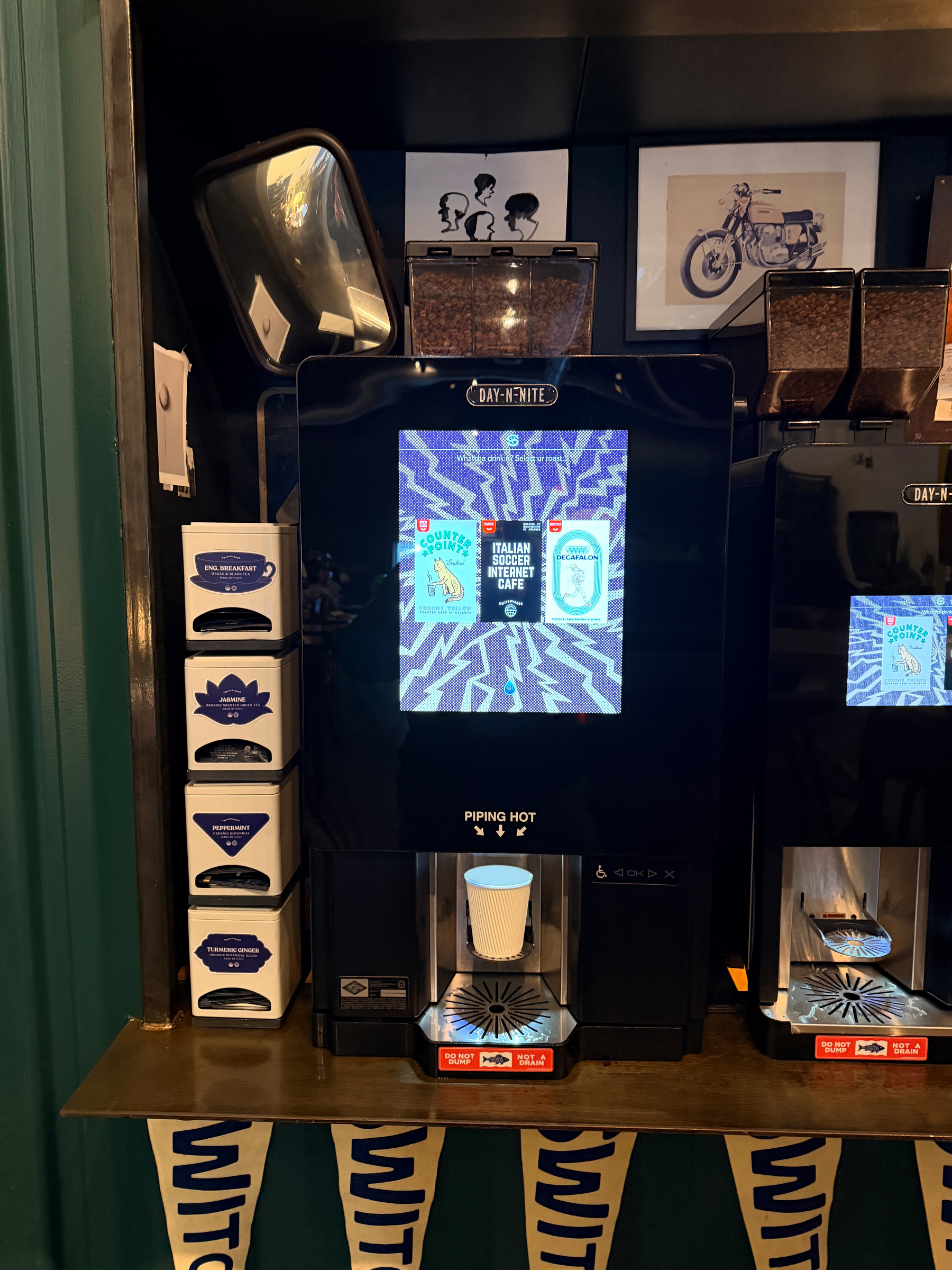
-
Coffeeneuring Ride #2: Stereo
Hip spot that plays records. At night, it’s a bar with DJs. But today I’m drinking a cortadito.
#Coffeeneuring2025

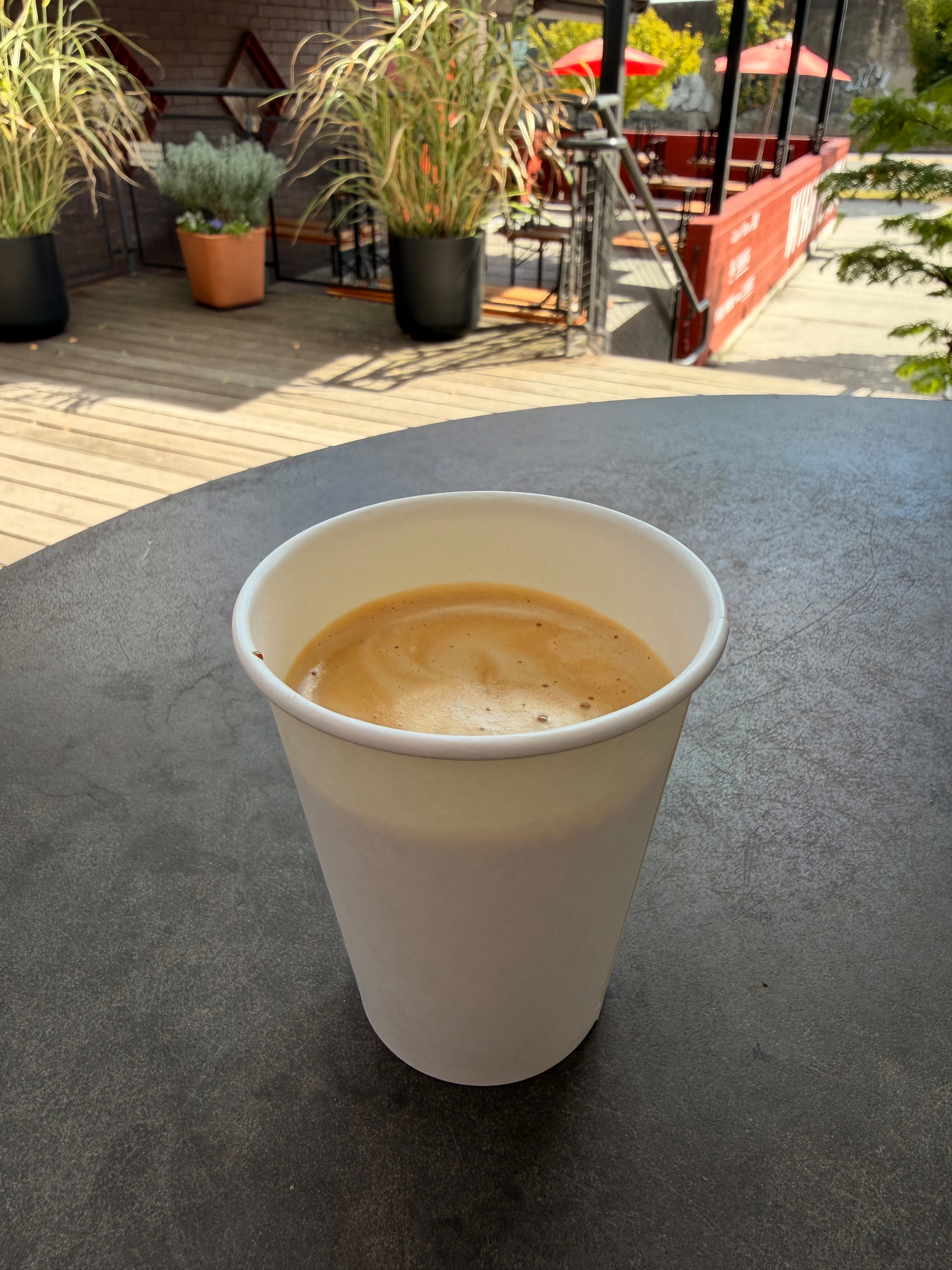
-
I made a website with Apple iWeb in 2025
Apple’s late-2000s WYSIWYG website creator still works, as long as you have an old Mac.
-
Cyborgs vs rooms, two visions for the future of computing (Interconnected)
Personally I’m more interested in room-scale computing and where that goes. Multi-actor and multi-modal. We live in the real world and together with other people, that’s where computing should be too. Computers you can walk into… and walk away from.
Interesting way to look at the two camps future devices seems to be falling into.
I also feel more interest in room-scale computing. I like the idea that computing is a place I go, rather than something that is constantly apart of me (and thereby constantly competing for my attention). I like the idea that when I need a break from computing, I can just leave the room.
-

Finished reading: The Buffalo Hunter Hunter by Stephen Graham Jones 📚
I really enjoyed this one! Would recommend if you are into spooky historical fiction.
-
A cartoonist’s review of AI art - The Oatmeal
No one puts it like The Oatmeal can!
-
Oktoberfest 2025
Last week I traveled to Munich for Oktoberfest. It was a blast!


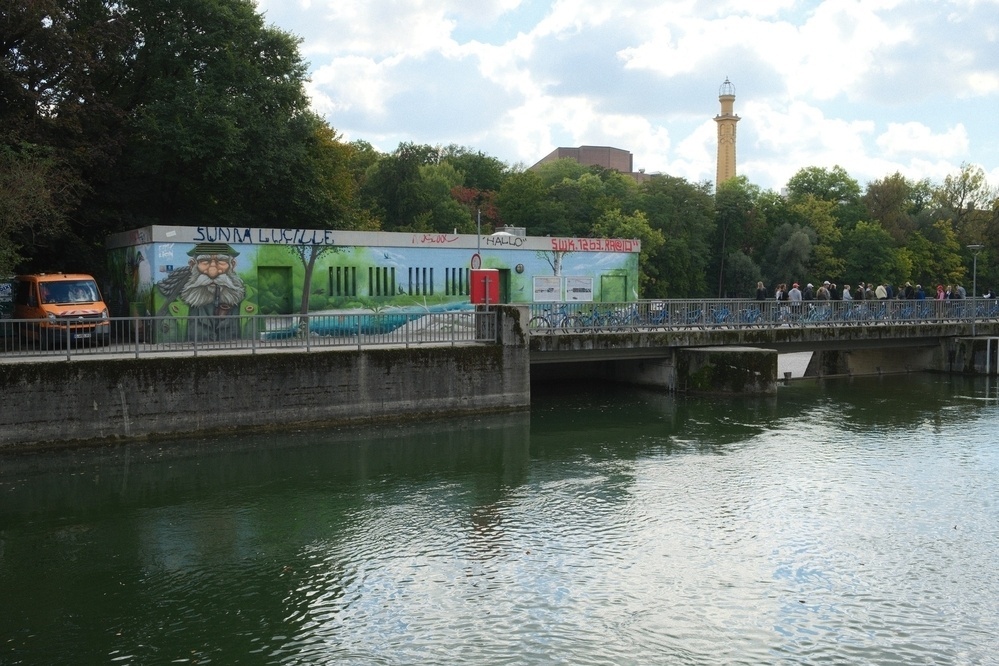
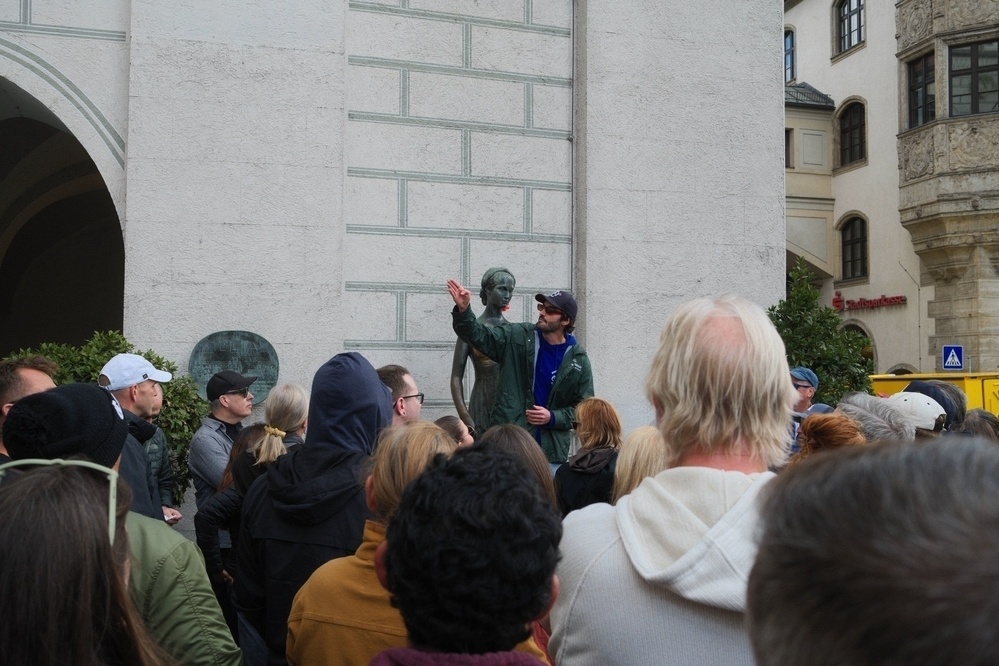
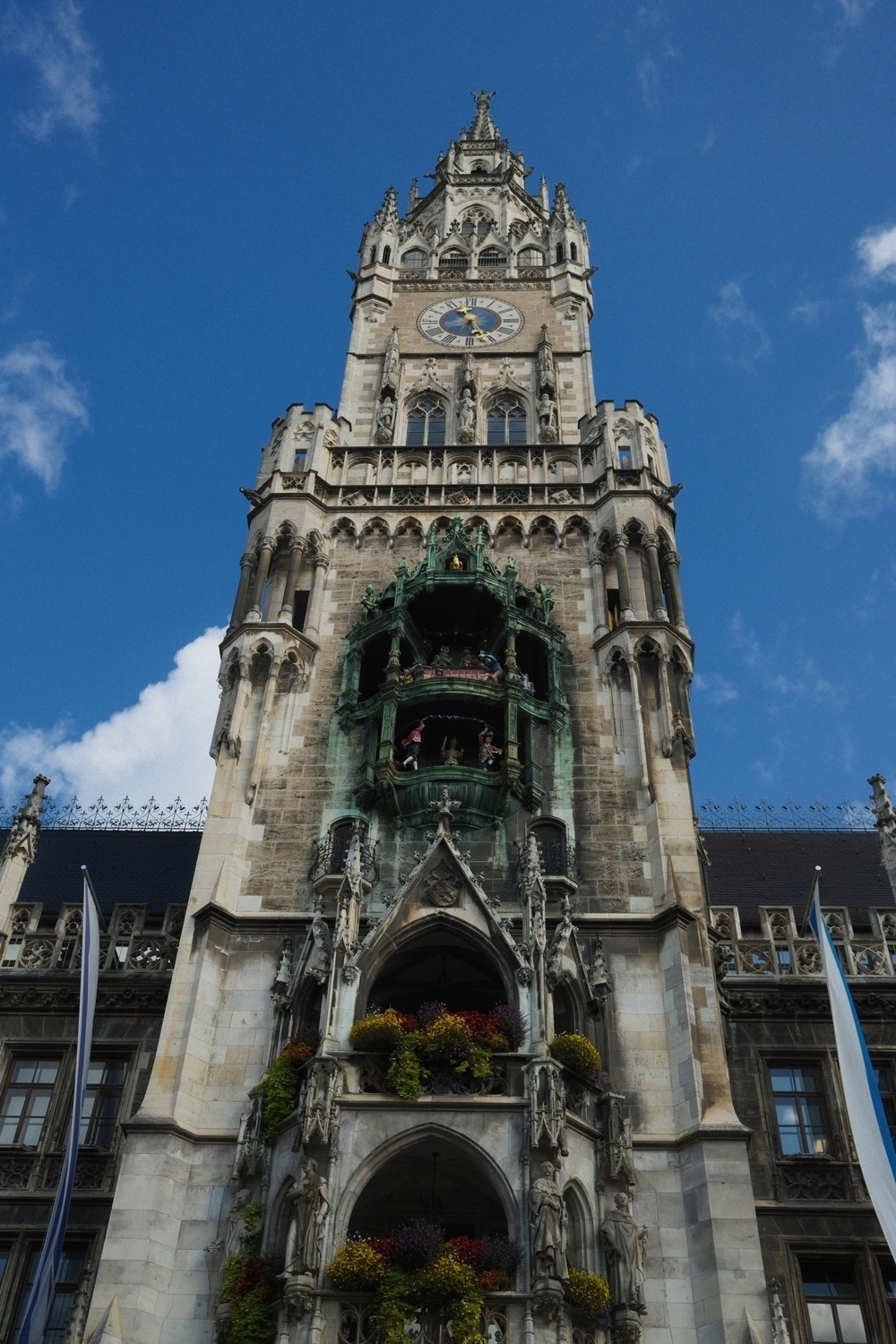

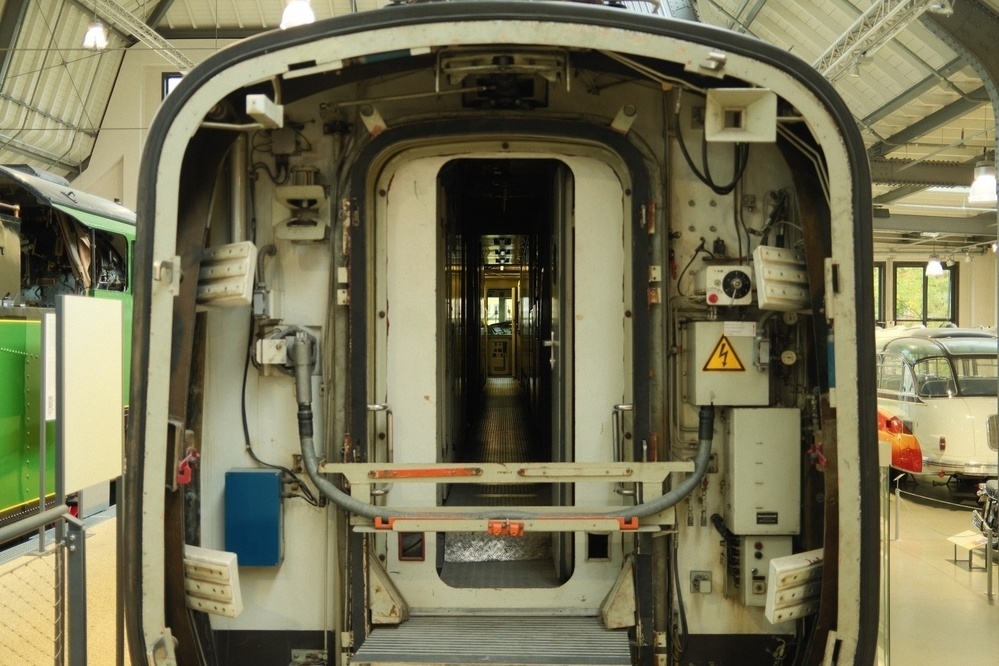
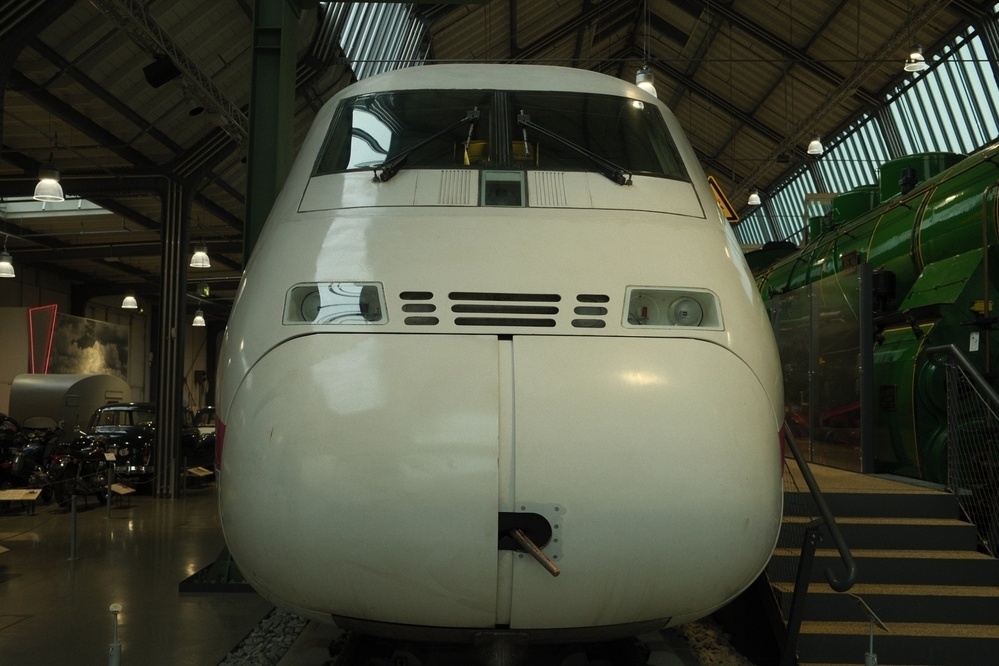
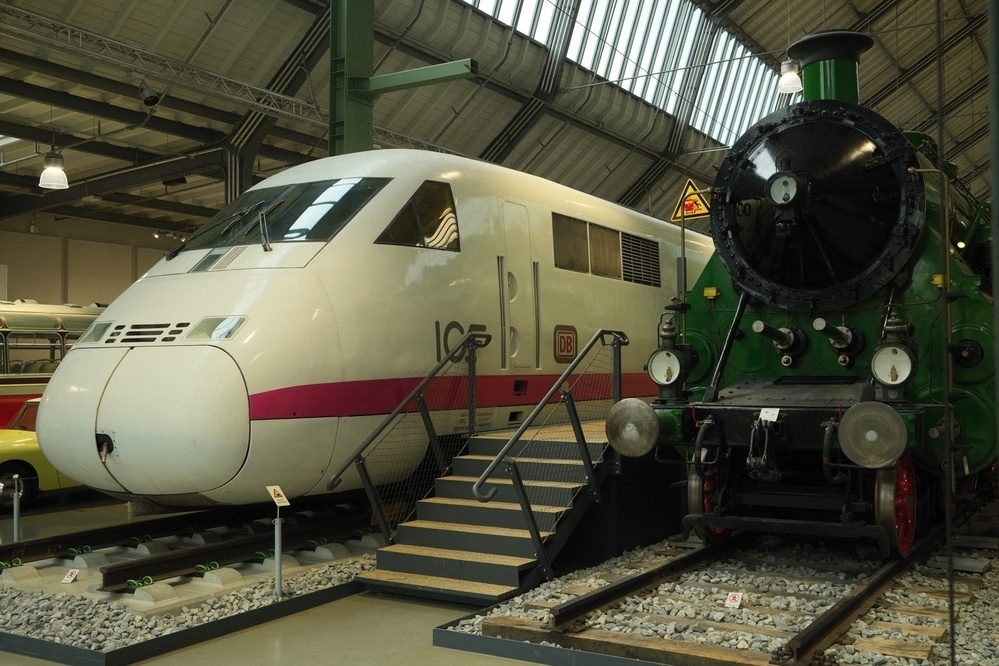
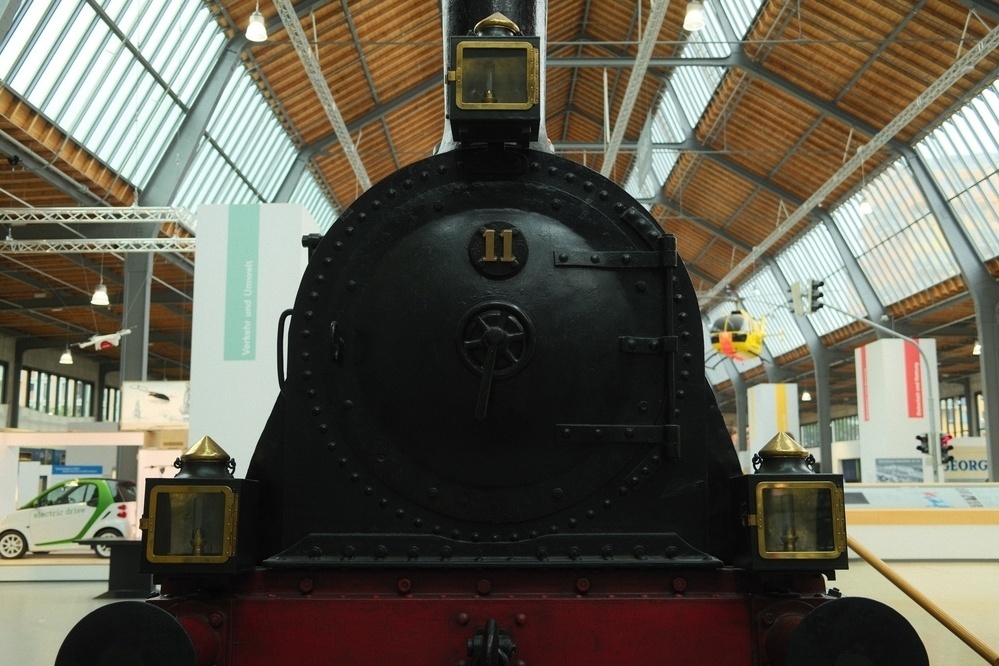







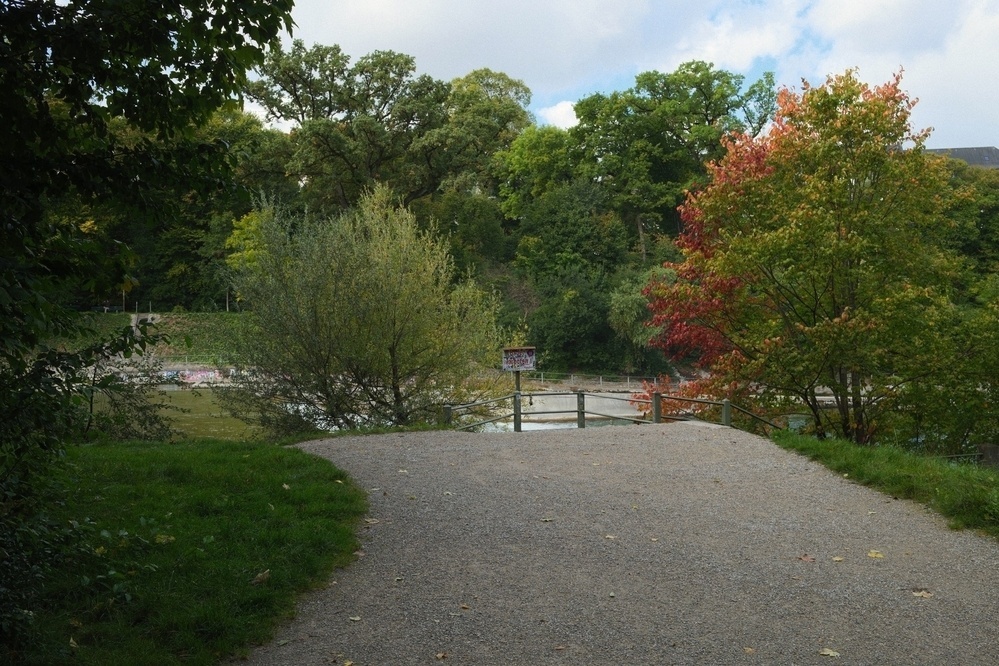

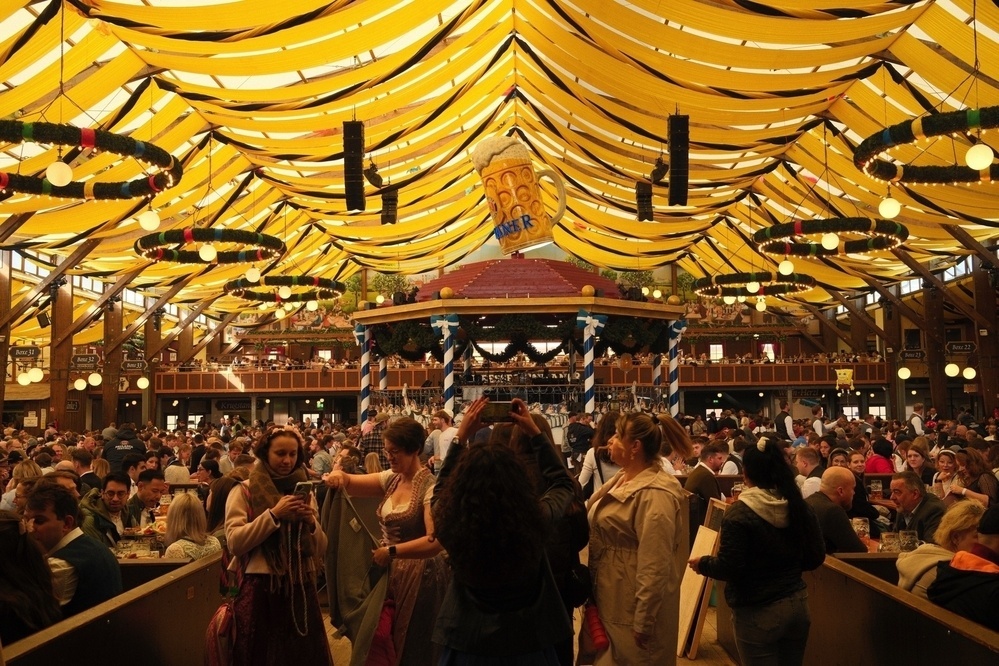

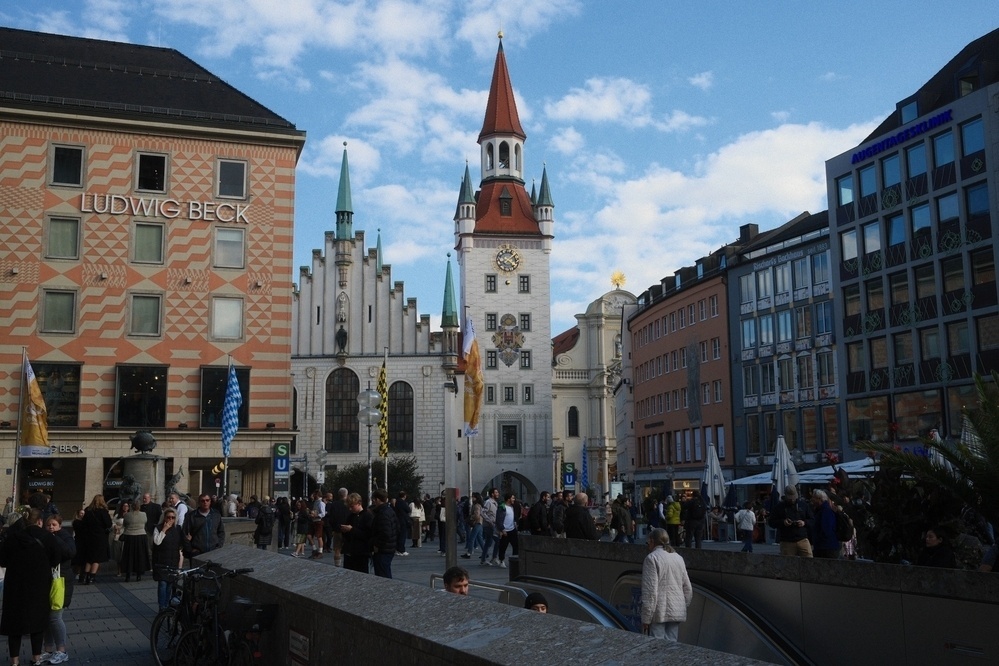



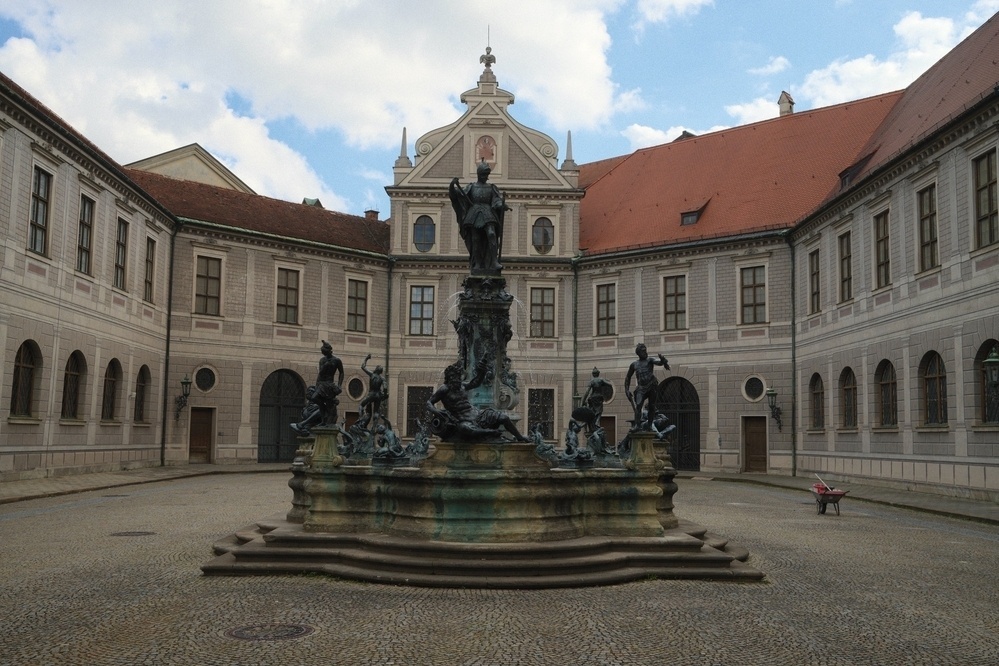
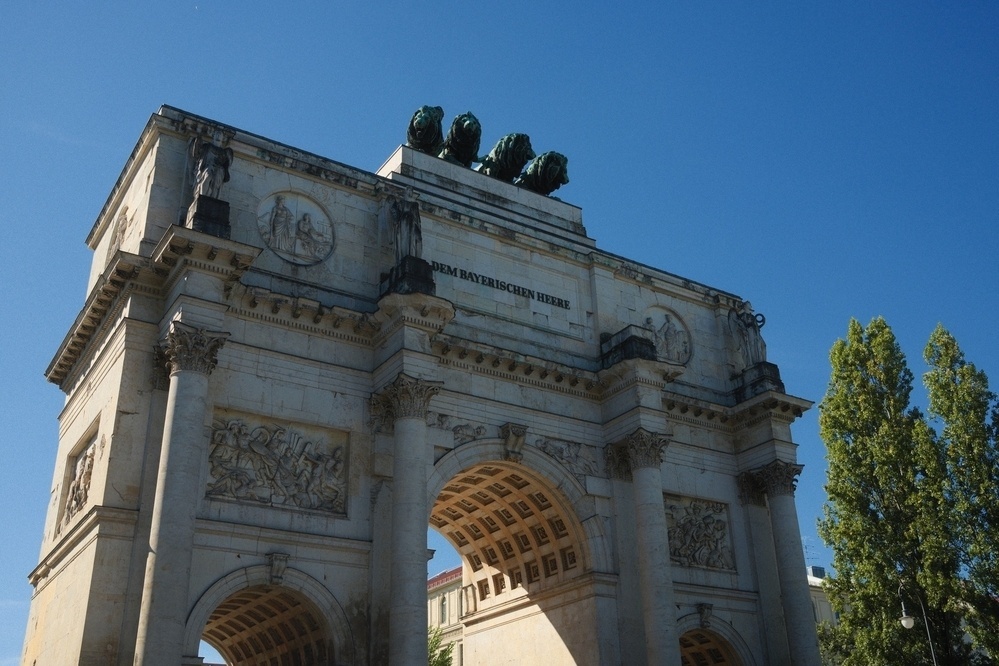




-
Web vs Mobile Apps
Why NetNewsWire is Not a Web App
My computer is not a terminal. It’s a world I get to control, and I can use — and, especially, make — whatever I want. I’m not stuck using just what’s provided to me on some other machines elsewhere: I’m not dialing into a mainframe or doing the modern equivalent of using only websites that other people control.
A world where everything is on the web and nothing is on the machines that we own is a sad world where we’ve lost a core freedom.
I want to preserve that freedom. I like making apps that show the value of that freedom.
I love how Brent Simmons describes his feelings about his computer here. This describes what I also find to be something deeply important to me.
I think this article pairs well with my previous post. Here, Brent is reacting to ICEBlock getting removed from app stores. One way to prevent a subset of enshittification is to use software where you retain complete control over your data. The problem is that Apple and Google are gatekeepers for software that runs on their platforms and they fight hard to maintain that position, especially Apple.*
The Web remains a powerful open alternative to proprietary mobile platforms. However, as a developer, the Web has some considerable downsides. Mainly the developer becomes responsible for any user data hosted on their servers, both in financial and legal terms.
Earlier this year I contemplated building something in the RSS reader space. I even got as far as creating a prototype Web app that I self host and use pretty much every day. The issue of Web vs Mobile app is one thing I got stuck on when thinking about how I could take what I built and make it a available to others. Ideally, I wouldn’t have needed to host any server based components which would have defaulted me into building a native Mobile app. But this held little appeal due to needing to learn native development or at least selecting a cross platform Web based technology like React Native, which maybe would have been fine but then I’d still be stuck with the app store for distribution. For something like an RSS reader, it felt important to me that it be a available to anyone with a connection to the Web, which eliminates the app store model. There’s many reasons why I didn’t take this project further, but not having a good answer here is one of them.
One thing I didn’t try but do want to come back to is the progressive Web app approach. In this model, my app would utilize the browser for any data storage needs and I’d the only thing my server would be responsible for is distributing the HTML, CSS, and JavaScript code for my app. This would be ideal but I’m not sure all the major browsers are in a place with data storage that my app would have functioned as intended. But this is an area I need to do more research on to fully understand the capabilities and limitations.
*: Google is better than Apple here as they allow you to install apps you’ve downloaded including open app stores like FDroid. I hope Apple moves in this direction as well.
-
Cory Doctorow: Way Past It’s Prime: How Did Amazon Get So Rubbish?
But this is wrong. There are meaningful differences between the internet as it stands today – the enshitternet – and the old, good internet we once had. The enshitternet is a source of pain, precarity and immiseration for the people we love. The indignities of harassment, scams, disinformation, surveillance, wage theft, extraction and rent-seeking have always been with us, but they were a minor sideshow on the old, good internet and they are the everything and all of the enshitternet.
Not because the internet is the most important issue facing us today. Far from it. Compared with the climate emergency, genocide, inequality, corruption, democratic backsliding, authoritarianism and sustained racist, homophobic, misogynist and transphobic attacks, the internet is just a sideshow. But the internet is the terrain upon which these fights will be waged.
I find Cory Doctorow’s writing on the enshittification (and I love this term so much!) of the Internet to be very insightful. The part of the article quoted here feels important to me. I think he’s right. The Internet itself is not the primary concern. But it is the medium that we will depend upon to fight for progress on the issues of primary concern. So, it’ll be important to keep at least slices of the Internet open and unenshittified.
-

Finished reading: Electrify by Saul Griffith 📚
-
jwz: Netscape Navigator 2.0 was released 30 years ago today
Wow, 30 years! I always enjoy jwz’s posts on the history of Netscape. Unfortunately for me, I’m of an age where I was spending a lot of time online during the Netscape 4.0 era, which I do remember not liking. Now I know why it sucked.
-
Happy first day of Fall! 🍂🍂
As someone not from the Atlanta area, I find fall to be different here in an interesting way. It’s as if you took the fall I’m used to and spread it out over nearly 3 months. Instead of all the trees turning colors and dropping their leaves in relative synchronicity, here different types of trees go through this cycle on separate paces. I notice some trees have color or have dropped leaves while others are totally green still. I do enjoy that the fall season here lasts so long! We’ve got a good while yet before winter weather will be here.
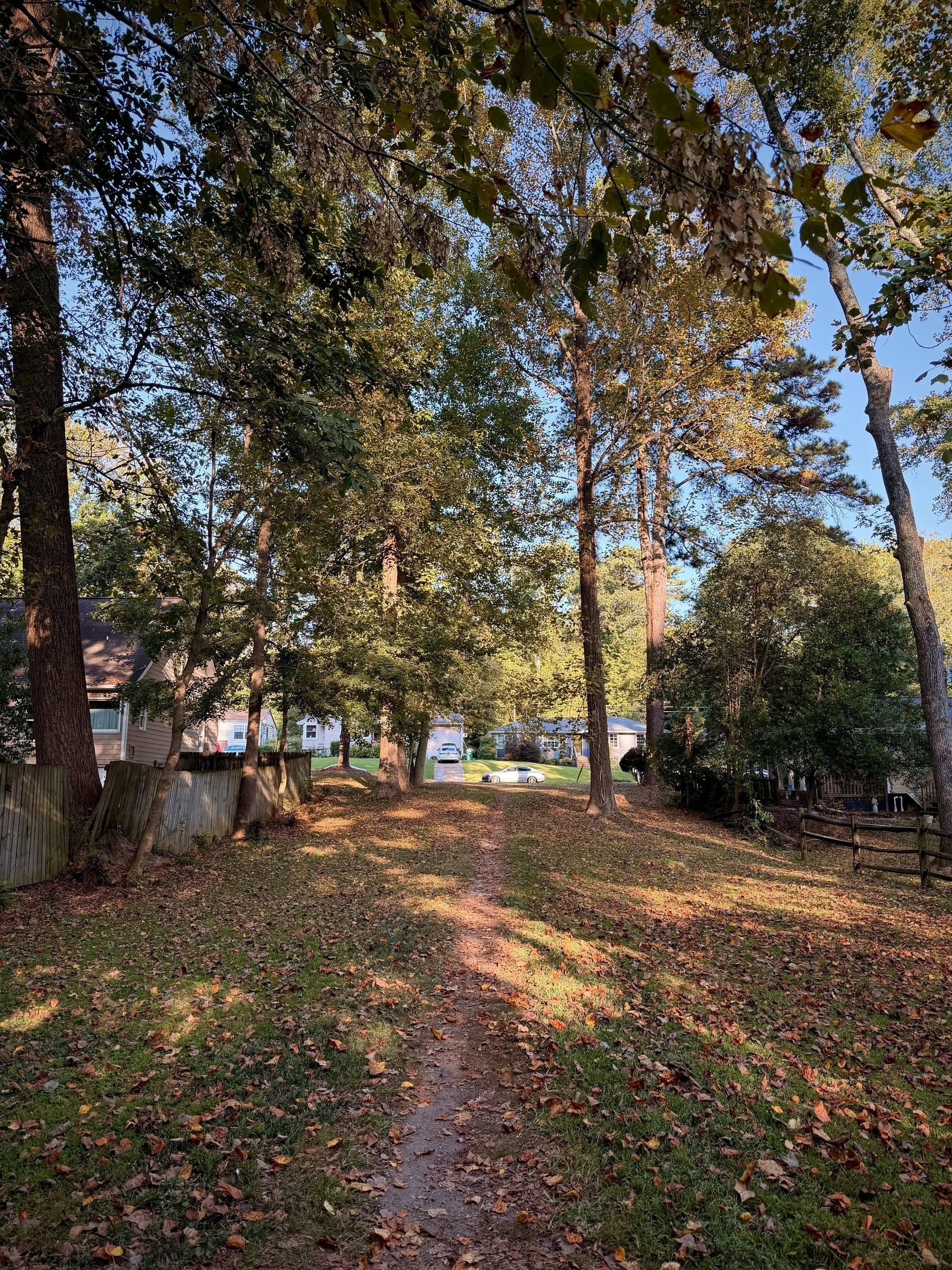
-
Happy 30 years to Hackers!

-
Escaping the chains of tethered products: the Juice Rescue project - J. Nathan Matias
Interesting article about rescuing EV chargers that were about to be bricked by the manufacturer.
